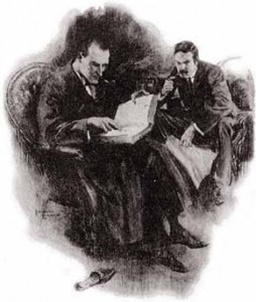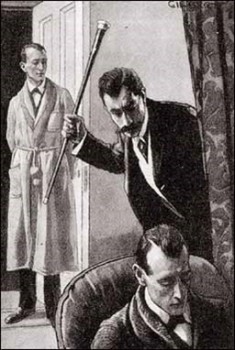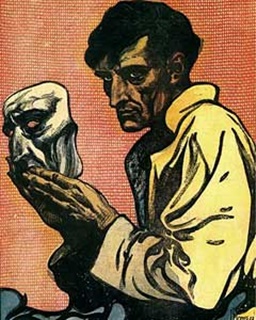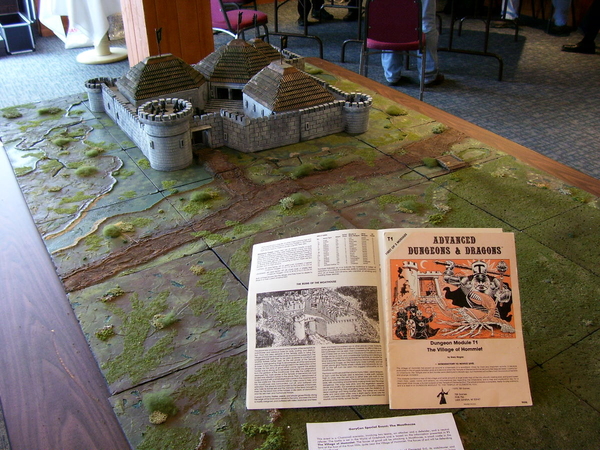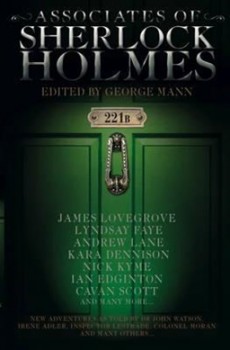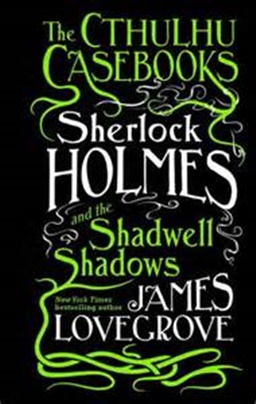Modular: Dungeon Delving Tips – Part I
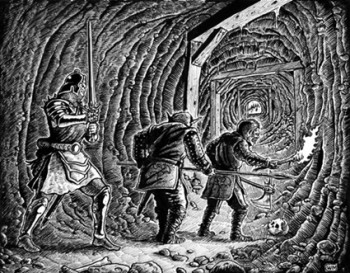 I’m a big fan of Creighton Broadhurst and his Raging Swan Press. Along with Frog God Games, they make my favorite Pathfinder stuff. And Creighton’s blog is full of great ponderings for players, GMs and even game designers.
I’m a big fan of Creighton Broadhurst and his Raging Swan Press. Along with Frog God Games, they make my favorite Pathfinder stuff. And Creighton’s blog is full of great ponderings for players, GMs and even game designers.
He often comes up with some neat lists on wide-ranging topics. One that I liked was his ‘25 Dungeon Delving Tips.’ We’re going to look at the first dozen this week, with the remainder coming in a follow-up post.
Each tip, along with some of Creighton’s commentary, is italicized (as is his brief intro below). My own comments follow underneath in plain text. So, have at it!
25 Dungeon Delving Tips (Part One)
Dungeon delving is a jolly dangerous business. Some adventurers are lucky. Others are stupid while many are unprepared. Thus, the bones of countless adventurers lie mouldering far from the warmth of the sun.
With that in mind, and in no particular order, here are… tips to make your dungeon delving just a little bit safer.
